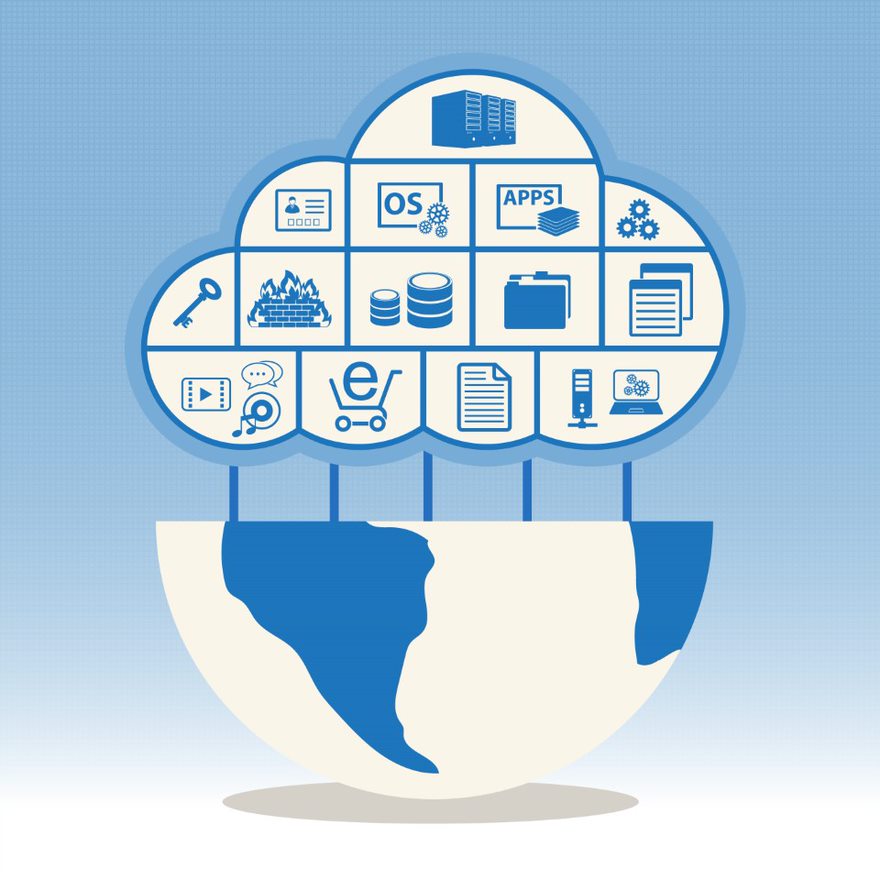
Talend and Transforming Data With Intelligence (TDWI) conducted a survey in September and October 2018. Respondents noted that adopting CDWs was critical to helping them achieve faster performance, lower their costs, and take advantage of cloud features. But there were a number of challenges associated with CDWs as well, like governing data and integrating it with different sources. It is clear that respondents need their CDWs to do more than store their data.
In this report, we’ll discuss CDW industry trends and best practices. We’ll also take an in-depth look at the additional feature functionality required by CDW users for today’s data management needs. For today’s IT decision makers, a CDW is an important first step to becoming a data-driven enterprise. But it’s only a first step.
This report helps shed light on how to use CDWs as a part of a comprehensive data management program.





















